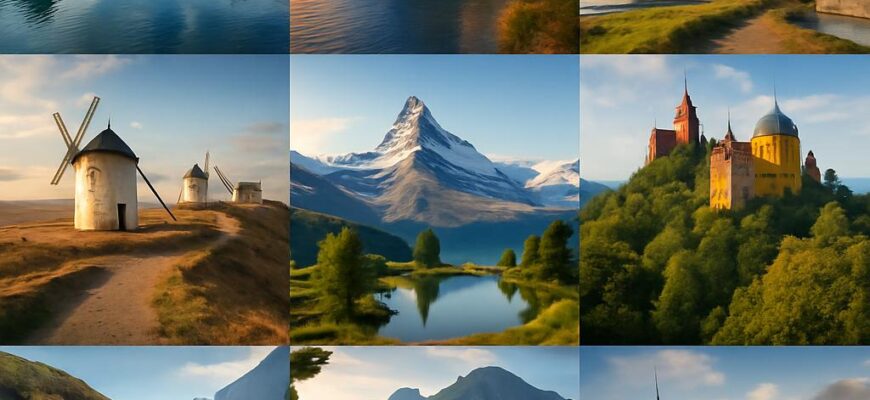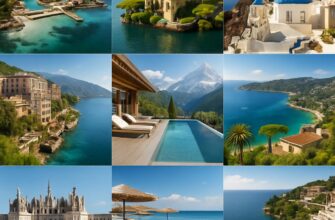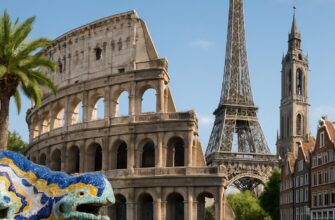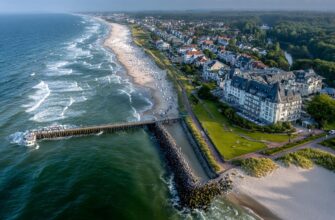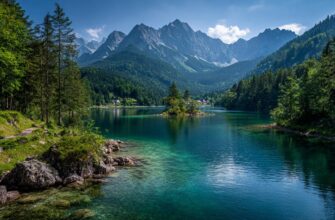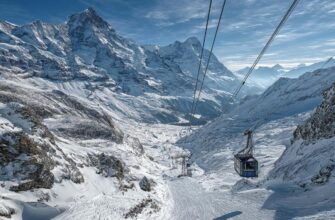If you’re compiling a list of The most beautiful countries in Europe for travel, TOP 10, this guide will help you sort scenery from scenery that truly sings. I’ve spent years moving between capitals, coastal roads, alpine trails, and hidden villages, and I’ve chosen these ten places for varied reasons: natural drama, architectural beauty, cultural depth, and the way they linger in the memory.
Each entry below includes what to see, when to go, and a few practical tips drawn from real trips—no vague boilerplate. Read as a whole or skip to the countries that pull you like a magnet; either way, expect ideas for landscapes, neighborhoods, and meals worth planning around.
Before we dive deeper, here’s a quick snapshot to orient you: a compact table listing the ten countries and one-line highlights to spark your imagination.
- quick guide: the top ten at a glance
- Italy — a mosaic of landscapes, art, and irresistible food
- France — elegant diversity from the Alps to the Riviera
- Spain — sun, culture, and the joy of regional variety
- Greece — island magic and ancient stones
- Switzerland — alpine perfection and scenic rail journeys
- Norway — fjords, northern light, and understated beauty
- Croatia — Adriatic charm and medieval coastlines
- Portugal — Atlantic coastlines, soulful cities, and warm hospitality
- Iceland — volcanic drama and wide-open solitude
- Scotland — highland myths, lochs, and windswept coasts
- planning your top ten trip: logistics and tips
- what to pack and how to travel responsibly
- final travel inspiration
quick guide: the top ten at a glance
The table below is a fast reference if you want to shortlist destinations by scene type—coastline, mountains, or history-packed cities.
| Country | Highlight |
|---|---|
| Italy | Timeless cities, dramatic coastlines, food that defines place |
| France | Art, vineyards, and varied landscapes from Riviera to Alps |
| Spain | Sun-drenched beaches, lively festivals, and diverse regions |
| Greece | Whitewashed islands, ancient ruins, and crystalline seas |
| Switzerland | Impossibly tidy alpine views and excellent rail journeys |
| Norway | Nordic fjords and northern lights—raw, quiet, cinematic |
| Croatia | Dalmatian coastlines, medieval towns, and island hopping |
| Portugal | Atlantic coastlines, soulful cities, and soulful wine |
| Iceland | Otherworldly volcanic landscapes and cascading waterfalls |
| Scotland (UK) | Misty highlands, rugged coastline, and storied castles |
Italy — a mosaic of landscapes, art, and irresistible food
Italy is the sort of country that keeps drawing you back because it never sits still in one identity: Rome’s ruins, Tuscany’s rolling vineyards, the dramatic cliffs of the Amalfi Coast, and the watery lanes of Venice all feel distinct yet unmistakably Italian. It’s a feast for the senses in every sense—architecture, cuisine, and daily life collide in unforgettable ways.
Plan for slow travel: spend extra time in a single region to get beneath the surface and eat the local specialties without feeling rushed. I remember an autumn week in Puglia where mornings were for olive-oil tastings and afternoons for village streets—small experiences that add up to an enduring sense of place.
Best times to visit vary by region: spring and fall for cities and coasts to avoid summer crowds; winter for quieter museum visits and festive local markets. Practical tip: learn a few local phrases and time your reservations—popular coastal towns fill up fast in July and August.
France — elegant diversity from the Alps to the Riviera
France’s appeal lies in its breadth: art-laden Paris for lovers of museums, Provence for lavender fields and sleepy markets, Bordeaux for vineyards, and the Côte d’Azur for glamorous seaside days. Each region has its own rhythm and culinary vocabulary, which makes a single trip feel like multiple mini-adventures.
I once took a two-week train loop from Paris to Nice, detouring through Dijon and Marseille, and the changing light and food culture felt like flipping through a well-curated photo book. The French train network is excellent for this kind of regional hopping.
For landscapes, visit the French Alps in summer for hikes or in winter for skiing. If you prefer warmer months, late spring and early fall offer warm days and thinner crowds on the Riviera.
Spain — sun, culture, and the joy of regional variety
Spain balances energetic cities with expansive natural beauty: Barcelona’s bold architecture, Andalusia’s Moorish palaces, and the wild green coasts of Galicia each show a different face of the country. Tapas culture alone is reason enough to move slowly and taste widely.
Timing is everything: festivals like La Tomatina or Semana Santa can be electrifying but chaotic. For calmer visits, aim for May–June or September–October when temperatures are pleasant and terraces fill with locals rather than tourist groups.
Travel tip: regional trains and domestic flights can save time, but consider renting a car in places like Andalusia to reach smaller pueblos and remote olive groves.
Greece — island magic and ancient stones
Greece manages to be both mythic and approachable. Whitewashed Cycladic villages clinging to cliffs, neon-blue sea, and archaeological sites that feel palpably old—these images are well-earned. For many travelers, the islands provide the postcard-perfect blend of sea, sun, and slow days.
I spent a summer island-hopping across the Dodecanese and Cyclades, and the real surprise was how different each island felt: some were party-oriented and buzzy, others quiet with incredible local tavernas. Don’t assume one island represents them all.
Best time to go is May–June or September, when weather is lovely and ferries run reliably without the peak-season crush. If you’re into archaeology, combine an island stay with a couple of days in Athens to see the Acropolis before moving to the coast.
Switzerland — alpine perfection and scenic rail journeys
Switzerland’s landscapes look like a travel brochure executed to perfection: glassy lakes, snow-tipped peaks, and precise railways that wind through breathtaking valleys. It’s a country where the journey is often as spectacular as the destination thanks to legendary panoramic train routes.
On a crisp autumn day I rode the Glacier Express and felt like I was moving through a living postcard—small chalets, grazing cows, and ribbons of river. Switzerland rewards slow, contemplative travel; take an extra day to sit by a lake or hike a short alpine trail.
Expect higher prices but also high reliability. The best seasons are summer for hiking and winter for ski resorts, with shoulder seasons offering colorful landscapes and fewer tourists.
Norway — fjords, northern light, and understated beauty
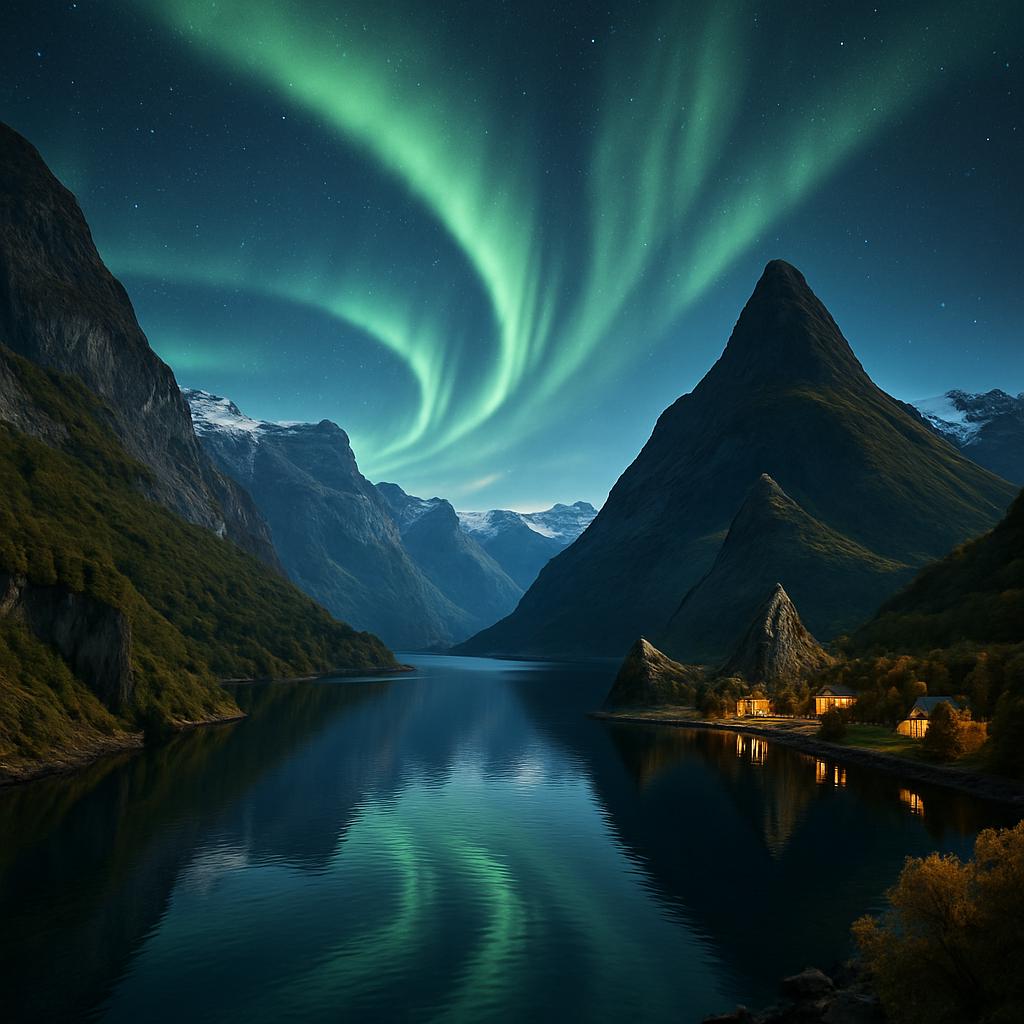
Norway’s visual vocabulary is spare and dramatic—sheer fjord walls, glacial-fed waterfalls, and long summer light that stretches the day into an endless golden hour. It’s a country for outdoor lovers who want raw, cinematic nature without distractions.
I remember gripping the rail on a tiny coastal ferry as we slipped into Geirangerfjord; the scale of the cliffs and the hush of the water made time feel slowed down. Norway is best explored slowly by ferry, road, and on foot to soak up its quiet grandeur.
Midnight sun in summer and northern lights in winter are both strong reasons to choose your season carefully. If you plan to drive, factor in long distances and variable weather even in summer.
Croatia — Adriatic charm and medieval coastlines
Croatia has surged in popularity for good reason: medieval coastal cities like Dubrovnik, limestone islands scattered like gems, and clear, warm seas ideal for swimming. It’s where history and beach life marry in a way that feels relaxed rather than staged.
One afternoon in Korčula felt like stepping into a living postcard: narrow alleys, stone homes, and a harbor buzzing with small fishing boats. Island-hopping by ferry or private boat is one of the best ways to experience Croatia’s variety.
Visit outside July–August if you want to dodge crowds, and spend a day inland to see Plitvice Lakes National Park—its cascades and boardwalks are a sharp contrast to coastal views and well worth the detour.
Portugal — Atlantic coastlines, soulful cities, and warm hospitality
Portugal blends a rugged Atlantic coastline with soulful cities and a food culture where seafood and fortified wine play starring roles. Lisbon’s tile-clad hills and Porto’s riverside charm complement the golden beaches of the Algarve and the wild beauty of the Azores.
I once spent a week following the coastal road from Lisbon to the southwestern tip and found a rhythm of “stop, eat, watch the ocean, repeat” that felt restorative. Portugal’s pace is generous; even major cities invite lazy afternoons and long meals.
Spring and fall are ideal for temperate weather and fewer tourists. For nature and hiking, consider the Azores, where volcanic landscapes and whale-watching create a different kind of Portuguese experience.
Iceland — volcanic drama and wide-open solitude
Iceland reads like a world apart: black sand beaches, geothermal springs, lunar expanses, and thundering waterfalls. It’s a place where the landscape seems to explain itself and where even a short drive produces views so striking they become the story of your trip.
I drove the ring road in late spring and found every turn offered a new tableau—glaciers, steaming vents, herds of shaggy sheep. Iceland is best experienced by mixing short hikes with longer drives and allowing time for spontaneous stops.
Summer brings the midnight sun and easier road conditions; winter is for northern lights and icy beauty, though travel becomes more weather-dependent. Pack layers: Iceland’s weather changes with speed and whimsy.
Scotland — highland myths, lochs, and windswept coasts
Scotland pairs brooding highlands with an unexpected gentleness in small towns and coastal villages. Castles perch on cliffs, mist rolls through glens, and a rugged, poetic landscape lends itself to walking and reflection.
On a rainy afternoon on the Isle of Skye, a sudden patch of sunlight illuminated the Cuillin range and made the whole place feel eerily cinematic; moments like that are part of Scotland’s charm. The country rewards slower travel and a willingness to explore by car or ferry.
Best seasons are late spring through early fall for hiking, while winter offers stormy seas and fewer tourists. Try to include a whisky distillery visit for cultural depth and a taste that feels of place.
planning your top ten trip: logistics and tips
Deciding which of these countries to visit first depends on your priorities: coastal relaxation, alpine adventure, or cultural immersion. Consider grouping destinations by region—Italy and France, for example, or Norway and Iceland if you’re chasing Nordic landscapes—to reduce travel time and increase depth.
If you’re short on time, focus on one country and explore it thoroughly rather than squeezing several countries into a rushed itinerary. A ten-day trip in a single region often feels more rewarding than four countries in the same span.
Practical tips: book key accommodations in advance for peak seasons, choose rail passes where they save time and money, and always leave a spare day in your itinerary for unexpected discoveries or rest.
what to pack and how to travel responsibly
Pack layers for most of Europe—coastal sun can shift to evening chill, and mountain weather surprises even in summer. Comfortable walking shoes are essential; many of the most beautiful places reward exploration on foot more than in a car.
Travel responsibly by supporting local businesses, minimizing single-use plastics, and respecting natural preserves and cultural sites. Small actions—using refillable bottles, choosing trains over short flights when sensible, and following marked trails—make a difference over time.
When visiting fragile landscapes like fjords, islands, and alpine meadows, follow local guidelines and consider guided experiences to learn about the environment while minimizing impact.
final travel inspiration
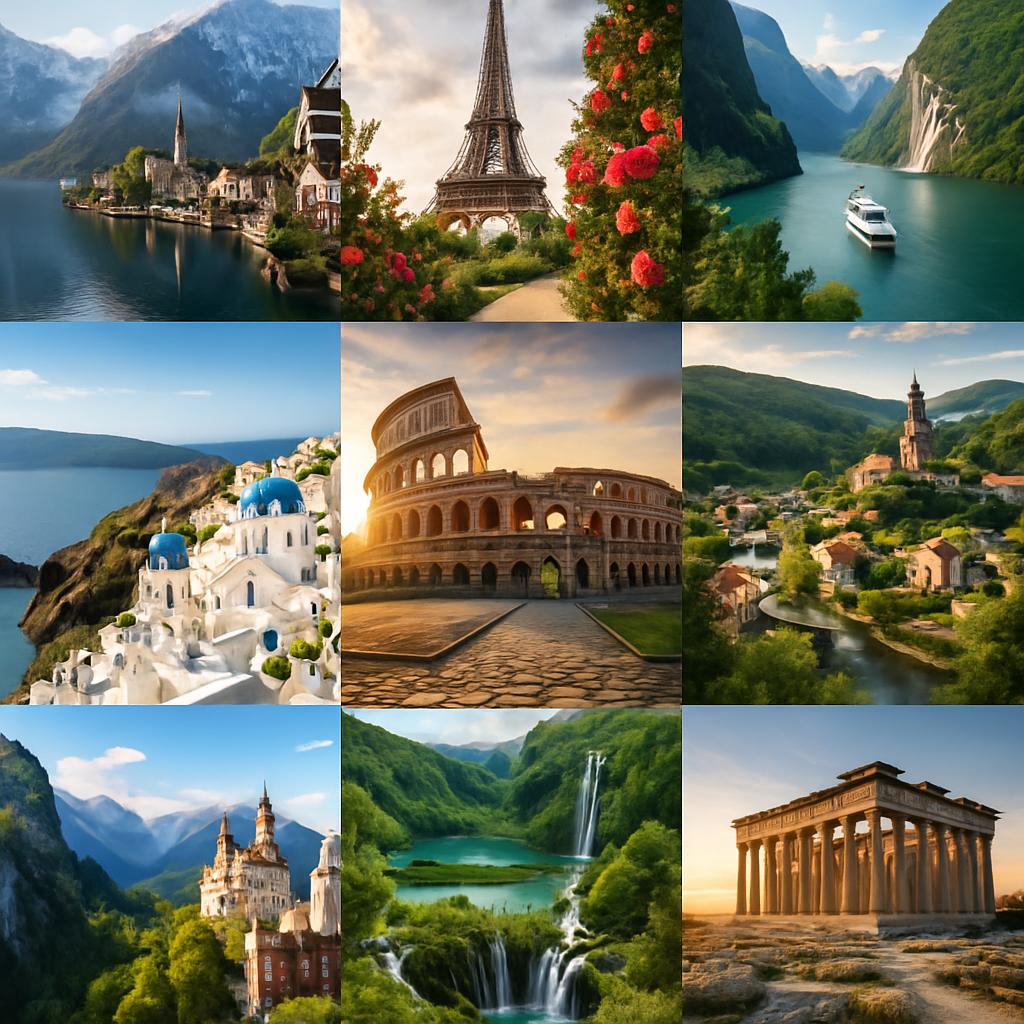
These ten countries each offer a distinct version of beauty—some dramatic and panoramic, others intimate and textured. Whether you crave the electric buzz of a city square, the hush of a fjord, or a seaside village where time seems to pause, you’ll find plenty to love in Europe’s varied corners.
If one particular country called to you while reading, start planning around the season that best suits your interests and leave room for serendipity. The best trips often come from small detours and the conversations you have at a market, on a trail, or in a neighborhood café.
For more travel ideas, destination guides, and practical tips, check out our other materials and in-depth stories on travel and innovation. Explore more at https://themors.com/technology-innovation-news/ and browse additional articles at https://themors.com/ to keep the inspiration flowing.

